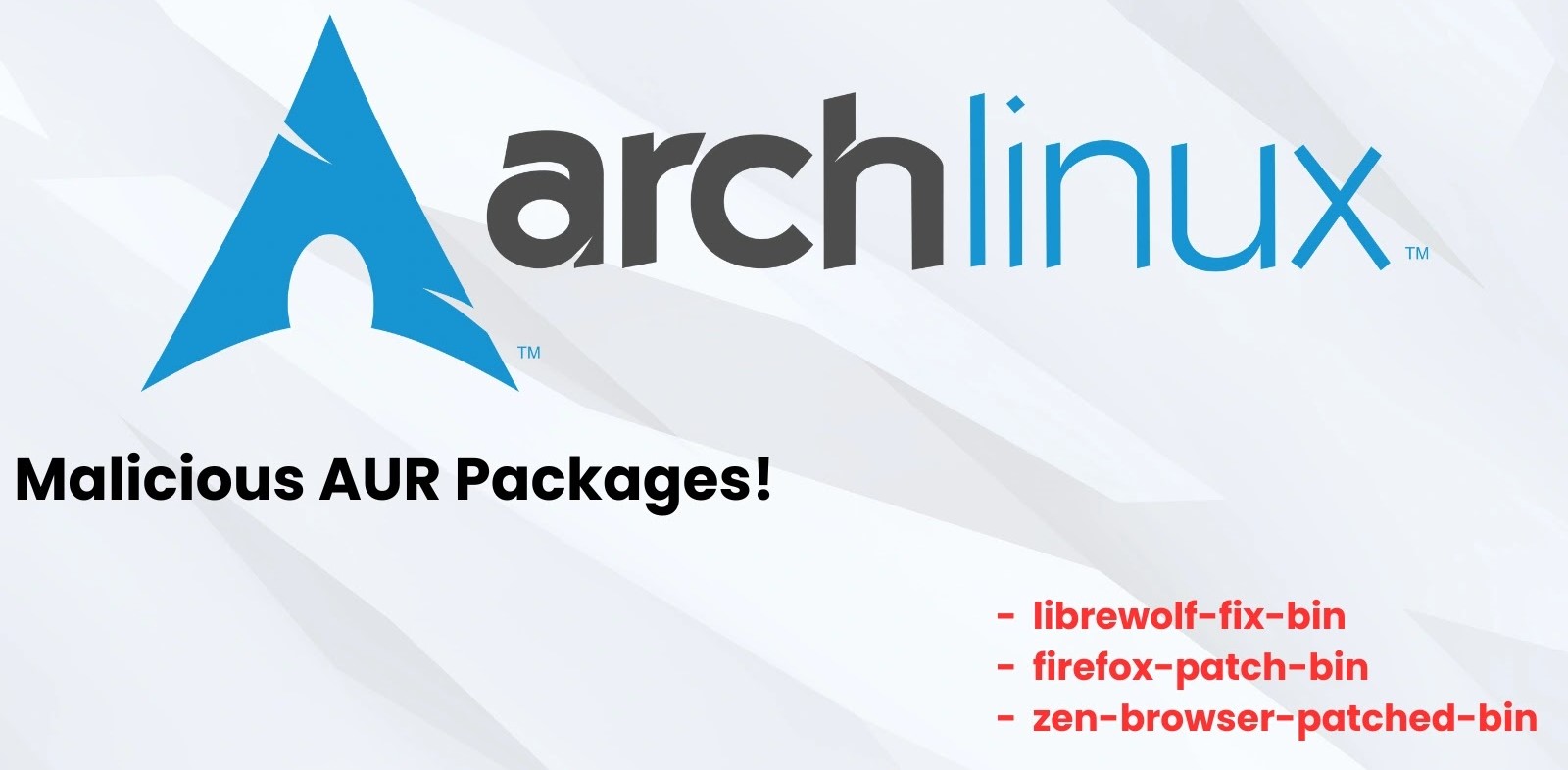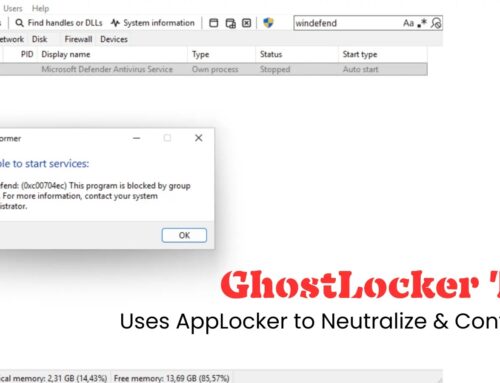
Hackers Injected Malicious Firefox Browser Packages to Arch Linux User Repository
The open-source community thrives on collaboration and user contributions, epitomized by platforms like the Arch User Repository (AUR). However, this very openness, while fostering innovation, also presents a lucrative target for malicious actors. Recently, security researchers uncovered a disturbing incident underlining this vulnerability: the injection of malicious Firefox browser packages into the AUR, designed to compromise Arch Linux systems with Remote Access Trojans (RATs). This attack highlights the critical need for vigilance, robust security practices, and a deep understanding of the supply chain risks inherent in community-driven software repositories.
The Malicious Payload: What Was Discovered?
Threat actors developed and uploaded three distinct yet equally dangerous browser packages to the Arch User Repository: firefox-patch-bin, librewolf-fix-bin, and zen-browser-patched-bin. On the surface, these packages masqueraded as legitimate, benign forks of popular Firefox-based browsers – a deceptive tactic designed to lull unsuspecting users into a false sense of security. The true intent, however, was far more sinister.
Attack Vector: How the RAT Was Delivered
The malicious packages did not directly embed the RAT. Instead, they employed a more sophisticated, multi-stage approach. Upon execution, these seemingly harmless browser packages secretly pulled and executed a script from a remote, malicious GitHub repository. This external script was the true delivery mechanism for the Remote Access Trojan. This method provides several advantages for the attackers:
- Evasion: The initial package itself may appear clean, making detection more difficult.
- Flexibility: The attackers can update the RAT or its payload simply by modifying the script on the GitHub repository, without needing to re-upload new packages to the AUR.
- Obscurity: The primary malicious component resides off-repository, potentially bypassing some automated AUR security scans.
Once the script was executed, the RAT established persistence on the compromised Arch Linux system, granting the attackers unauthorized remote access and control.
Understanding the Risk: Supply Chain Attacks and AUR
This incident is a classic example of a supply chain attack, where attackers compromise a legitimate software distribution channel to inject malicious code. The Arch User Repository, while a powerful resource for Arch Linux users, operates on a principle of user contributions. While there are security measures in place, the sheer volume of packages and the community-driven vetting process mean that malicious submissions can occasionally slip through. Users often trust packages within such repositories, making this attack vector particularly effective.
The implications of a RAT include:
- Data exfiltration (sensitive files, credentials)
- Espionage and surveillance (keylogging, screen capture)
- System manipulation (installation of further malware, system modification)
- Establishment of a persistent backdoor for future attacks.
Remediation Actions and Proactive Defense
For Arch Linux users, developers, and IT professionals, proactive measures are crucial to mitigate the risk of such attacks:
- Audit Installed AUR Packages: Immediately check your system for the presence of firefox-patch-bin, librewolf-fix-bin, or zen-browser-patched-bin. If found, uninstall them immediately and perform a thorough system scan.
- Verify PKGBUILDs: Before installing any package from the AUR, always inspect its
PKGBUILDfile. This file describes how the package is built. Look for suspicious remote execution commands (curl | bash,wget | sh), unusual dependencies, or calls to external, non-official repositories. - Check Package Popularity and History: Prioritize installing AUR packages that have a high number of votes, positive comments, and a long, clean history. New packages with little community oversight should be treated with extra skepticism.
- Use AUR Helpers with Caution: While AUR helpers like
yayorpamacsimplify the installation process, they do not absolve you of the responsibility to inspectPKGBUILDs. Many helpers offer options to review thePKGBUILDbefore building. - Regular System Updates: Keep your Arch Linux system and all installed packages up to date. While this specific attack was user-driven, general security hygiene is always paramount.
- Implement Endpoint Detection and Response (EDR): For critical systems, deploy EDR solutions that can monitor for unusual process behavior, outbound connections to suspicious domains, and file system modifications indicative of RAT activity.
- Network Monitoring: Monitor network traffic for unusual outbound connections from your systems, especially to GitHub repositories that are not associated with legitimate software projects you use.
- Principle of Least Privilege: Run your daily operations as a regular user, not as root. Use
sudoonly when absolutely necessary and understand the commands you are executing.
Relevant Tools for Detection and Mitigation
| Tool Name | Purpose | Link |
|---|---|---|
| PKGBUILD Inspection (Manual) | Manually review the build script of AUR packages for malicious commands. | Arch Wiki: PKGBUILD |
| YARA Rules | Create custom signatures to detect known malicious patterns in files or memory. | https://virustotal.github.io/yara/ |
| ClamAV | Open-source antivirus engine for scanning files and directories for malware. | https://www.clamav.net/ |
| OpenSnitch | Application firewall that alerts on unexpected outbound network connections. | https://github.com/evilsocket/opensnitch |
| Auditd (Linux Audit Framework) | Monitors system calls and can be configured to alert on suspicious activities. | https://linux.die.net/man/8/auditd |
Conclusion
The discovery of malicious Firefox browser packages in the Arch User Repository serves as a stark reminder of the persistent threats lurking within seemingly trusted software channels. This incident underscores the importance of critical thinking, diligent verification, and a multi-layered security approach, especially when dealing with community-driven repositories. For Arch Linux users, the takeaway is clear: while the AUR is an invaluable resource, it demands a higher degree of scrutiny than official repositories. By understanding the attack vectors and implementing robust defensive measures, users can significantly reduce their exposure to such sophisticated supply chain attacks and maintain the integrity of their systems.





